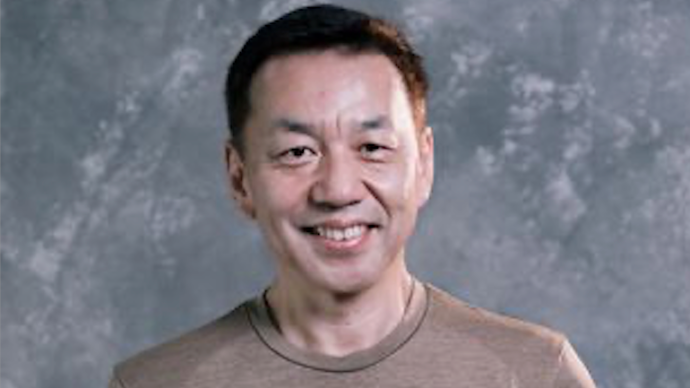President Cyril Ramaphosa has announced that the government will introduce regulations to allow new generation energy projects to come online faster, on an urgent basis, for a limited time.
Addressing the nation on Monday evening (25 July), the president said that South Africa needs to implement a two-pronged strategy to deal with the current energy crisis: find the capacity to meet the current shortfall and limit load shedding immediately, and urgently source new capacity for the long-term, to end load shedding permanently.
The address largely confirmed leaked information from a presentation given to political parties on Monday morning, outlining the presidency’s interventions to deal with the country’s energy crisis.
South Africa was thrust into a period of sustained load shedding over the last five weeks as energy shortfalls hit critical levels in the wake of an illegal strike at several power stations.
Ramaphosa said that load shedding at these levels is a significant deterrent for investment in the country and caused untold economic damage to the country.
Broadly, the president’s interventions include:
- Boost the recruitment of skilled workers at Eskom and address sabotage and theft at the utility;
- Improve logistics to ensure that diesel-fired turbines are supplied in a timely fashion;
- Allow Eskom to buy excess power from private producers;
- Import more power from countries in the region;
- Implement a programme to incentivise the efficient use of power to cut demand by 600 megawatts;
- Easing local content requirements so that renewable-power projects awarded in the so-called Bid Window 5 can go ahead;
- Boosting the size of the sixth bid window and expediting further rounds;
- Announce a plan to deal with Eskom’s debt before October.
The president said that these steps would allow the country to limit load shedding to lower stages and reduce the risk of such severe blackouts in the future.
With an improvement in the regulatory environment and the mobilisation of society, he said Eskom would be in a position to carry out its investment and maintenance programme.
“There can no longer be any excuses that anyone can offer,” Ramaphosa said.
While there is a strong focus on addressing the current energy shortfall, the president stressed that South Africa needs long-term solutions to add more capacity to the grid. To achieve this, he said that new energy projects need to be brought online.
He said the government would take a more “pragmatic approach” regarding local content requirements – with more information on this aspect being shared in the coming days – while sourcing new solar and wind projects will be doubled, from 2,600MW to 5,200MW.
There will also be a new bid window for battery and gas power, with future windows being opened on an expedited basis.
One of the biggest moves, however, is the removal of the licencing threshold for embedded generation.
The president said that raising the threshold from 1MW to 100MW has proven to be successful, and the removal of the limit entirely would spur private sector investment.
All new generation projects will still be required to be registered, the president said, and would need to comply with various environmental regulations, but he has in effect opened the door for new energy projects.
He said that special regulations would be introduced in the coming weeks to clear legal and regulatory obstacles in this regard, adding that it is unconscionable that projects take on average three years – 1,000 days – to come online.
The government will also encourage businesses and private households to install rooftop solar and connect this to the grid – with plans underway to introduce regulations allowing these users to sell excess power back to the grid.
The full address is embedded below. The speech can be read here.
Read: Ramaphosa’s plan to end load shedding in South Africa


















.jpg)

Discussion about this post